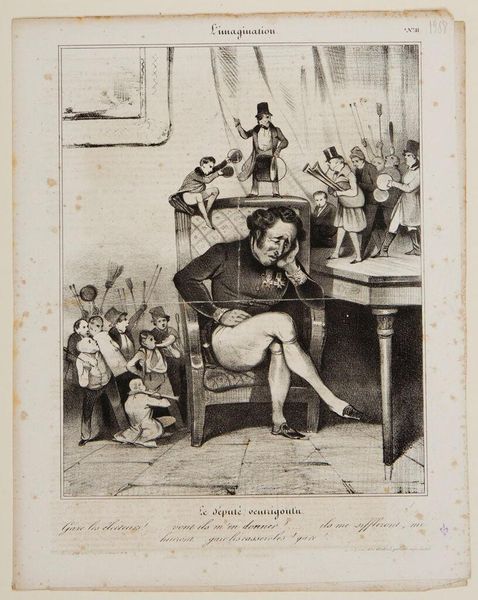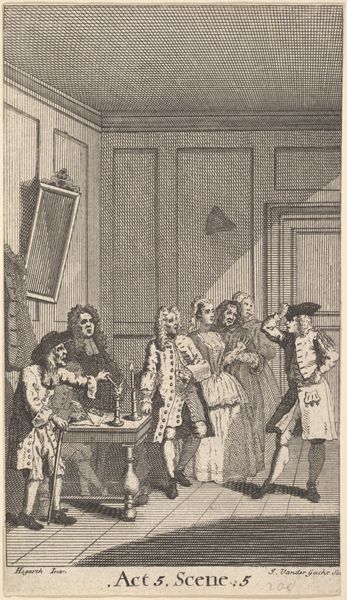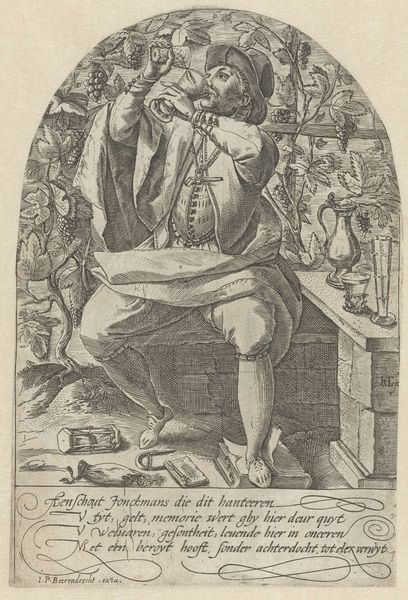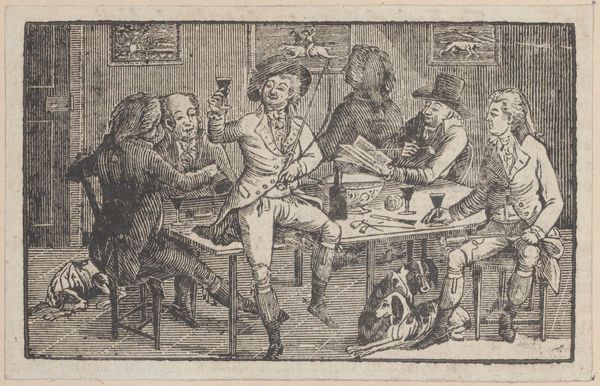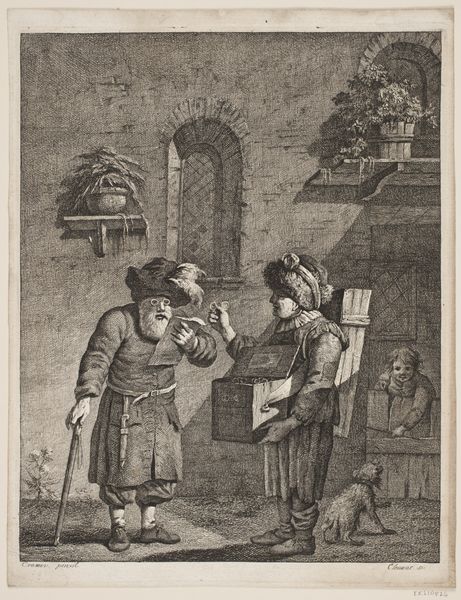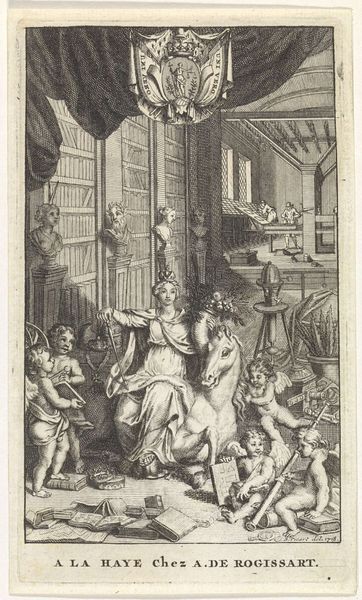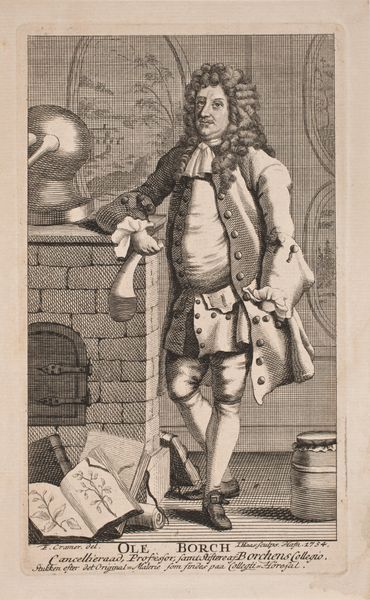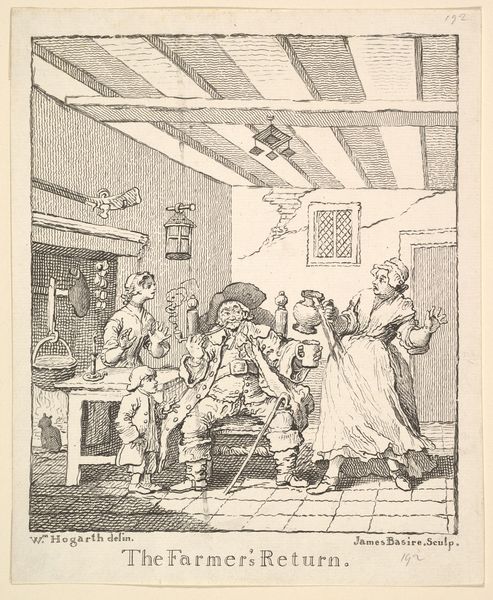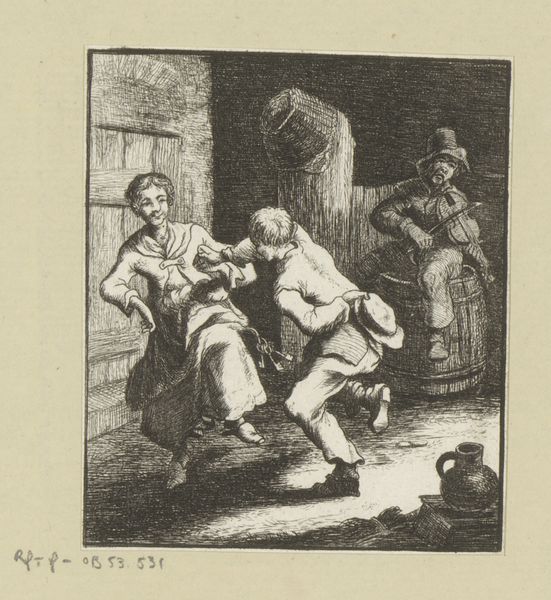
lithograph, print
#
portrait
#
lithograph
# print
#
french
#
caricature
#
genre-painting
#
realism
Copyright: National Gallery of Art: CC0 1.0
Honoré Daumier made this lithograph, depicting a portly deputy lost in thought, sometime in the 19th century. Lithography is a printmaking process that relies on the chemical repulsion of oil and water. The artist draws on a stone or metal plate with a greasy crayon, then applies ink that adheres only to the greasy areas. Daumier was a master of this medium, using it to create satirical images of French society. Here, the careful rendering of textures – from the smooth skin of the deputy to the patterned fabric of his chair – is crucial. It gives the image a tangible quality, as though we could reach out and touch these figures. But the real significance of the lithograph lies in its social commentary. Daumier was deeply critical of the bourgeoisie, and he often depicted them as self-satisfied and out of touch. The use of lithography, a relatively inexpensive and widely accessible medium, allowed him to reach a broad audience with his message, blurring the lines between art, craft, and social critique.
Comments
No comments
Be the first to comment and join the conversation on the ultimate creative platform.
